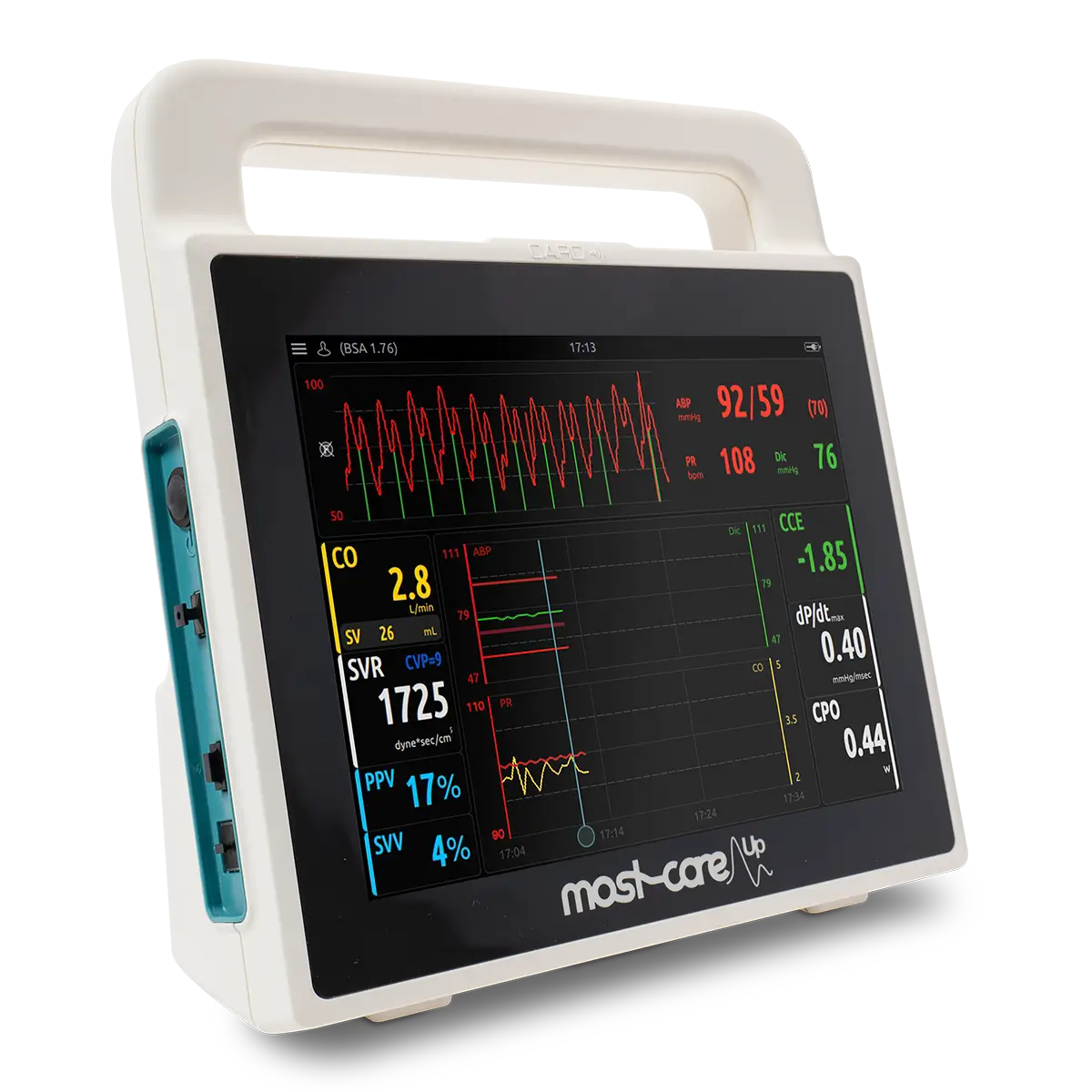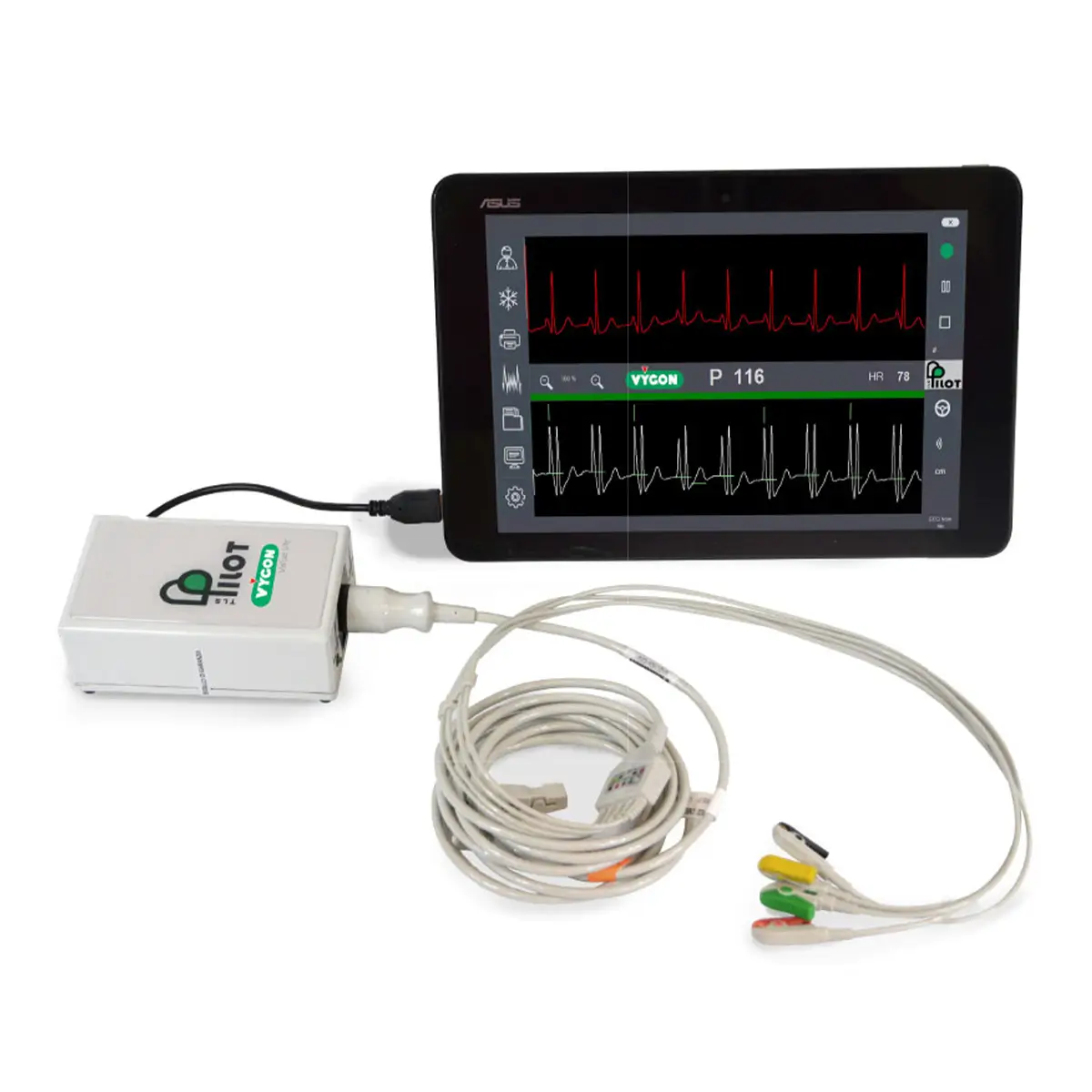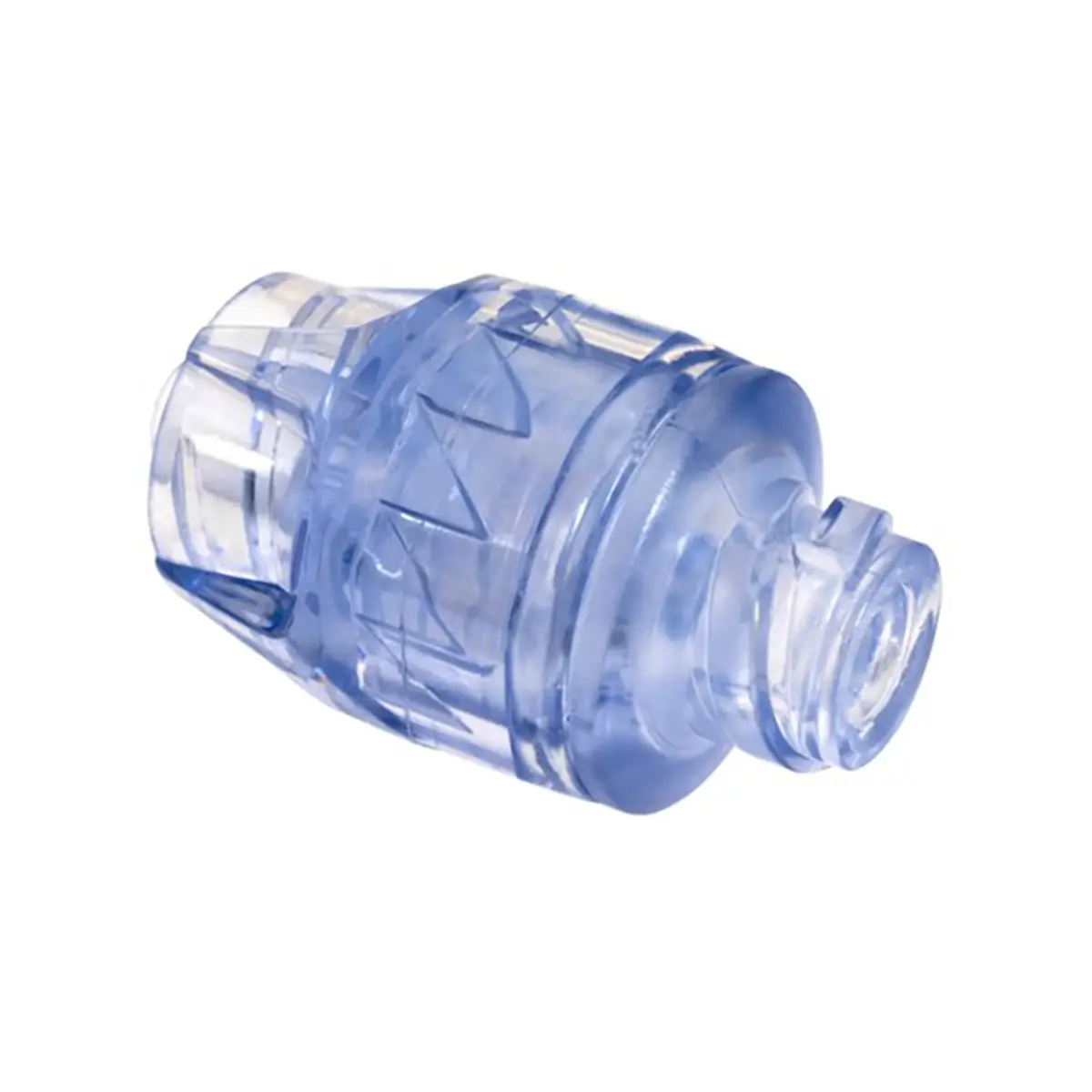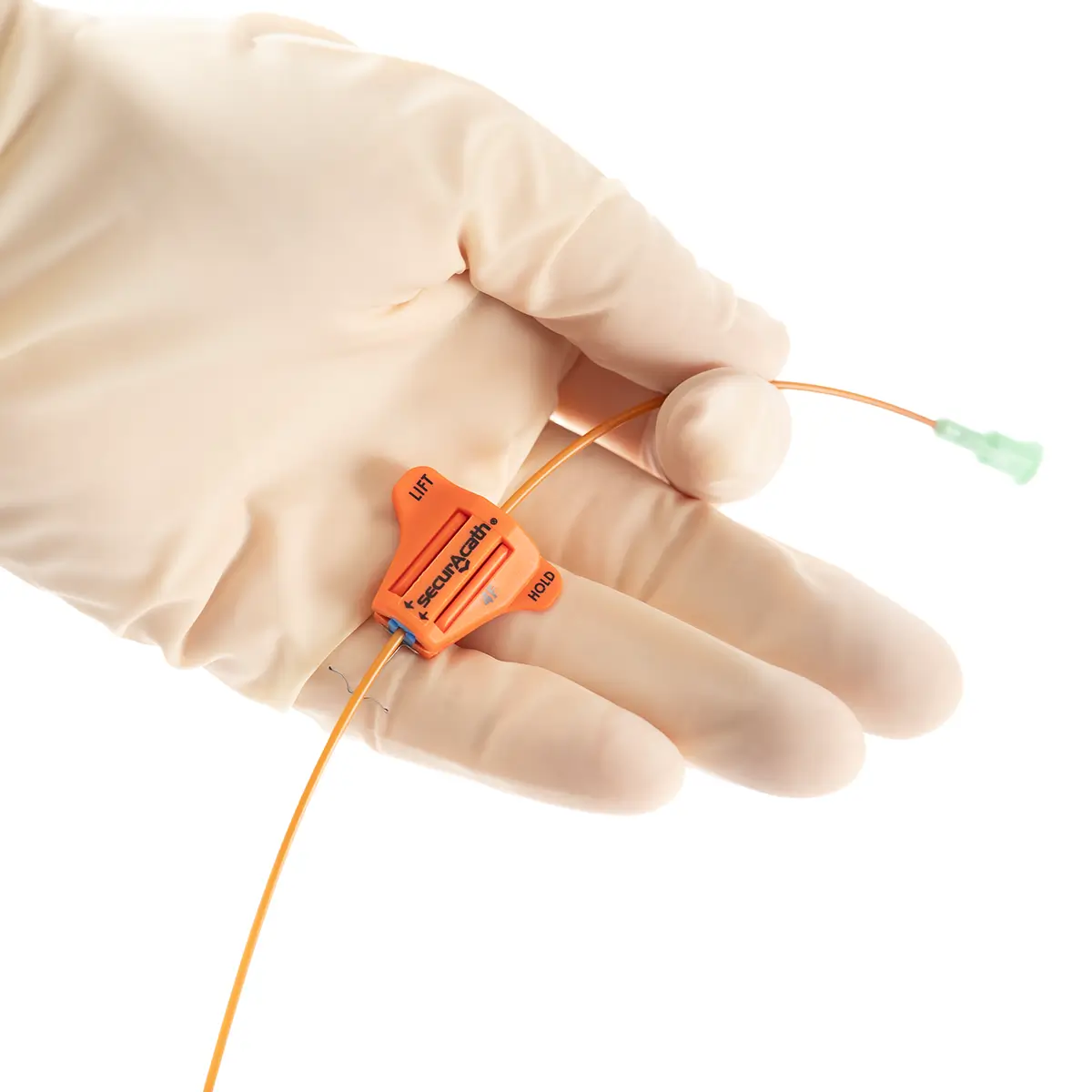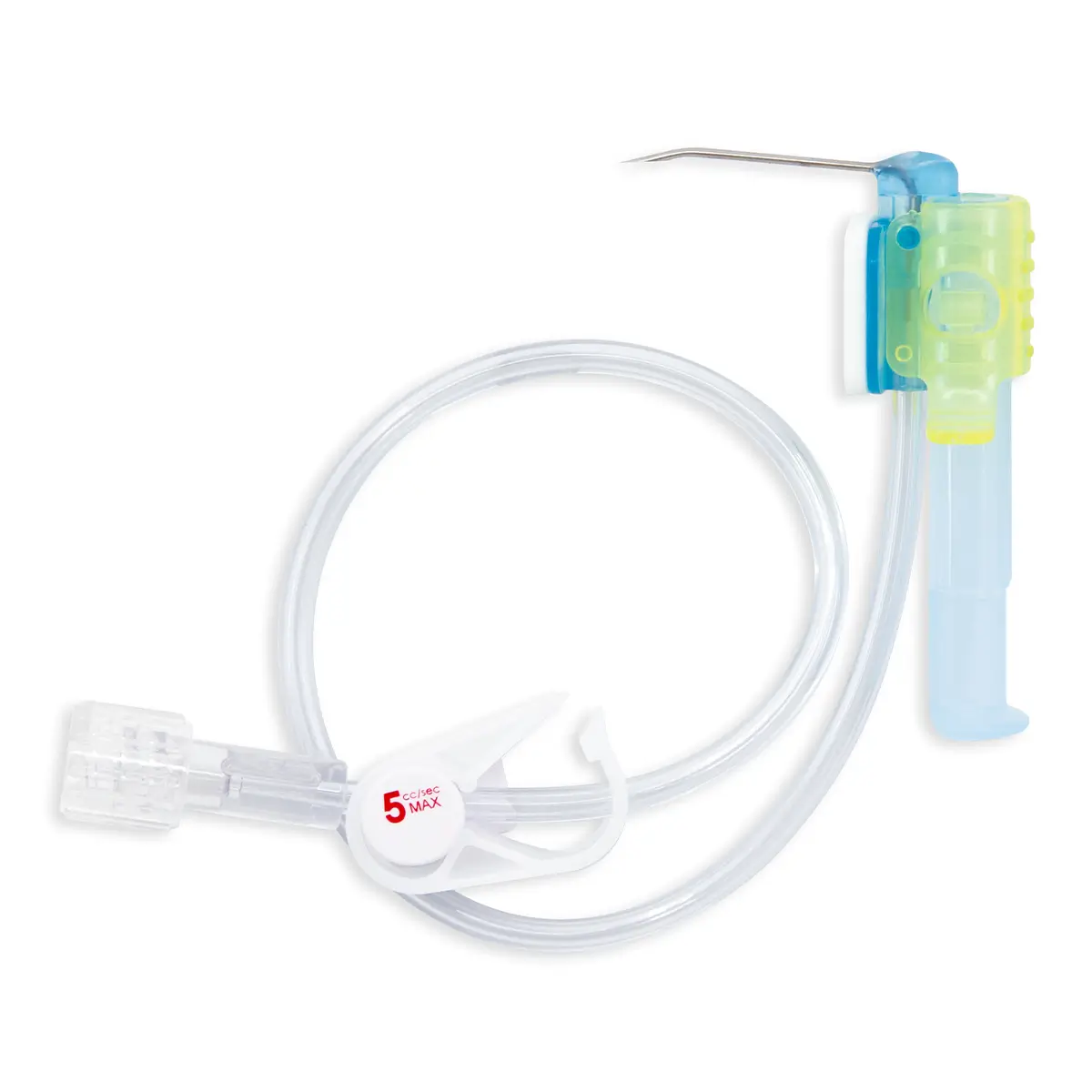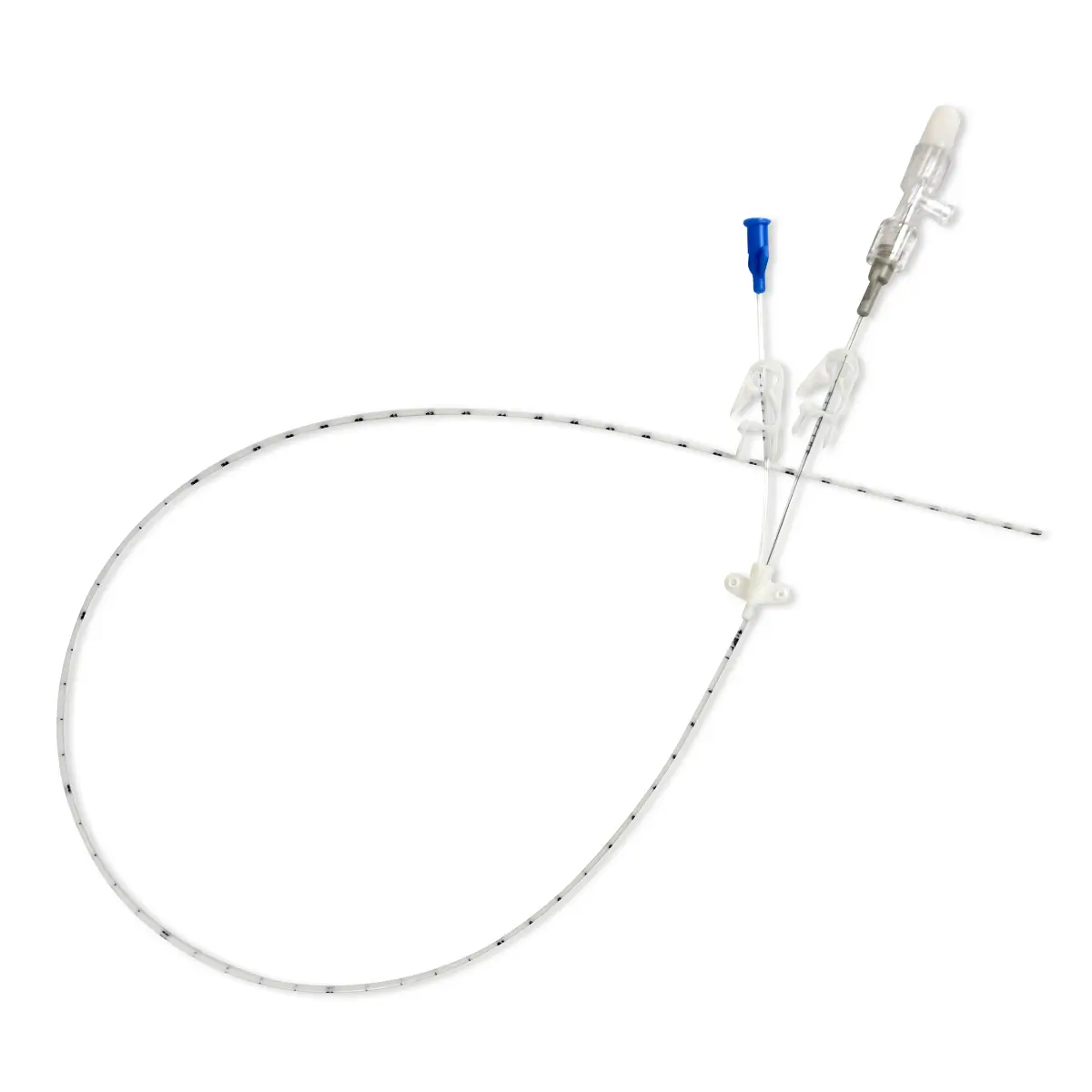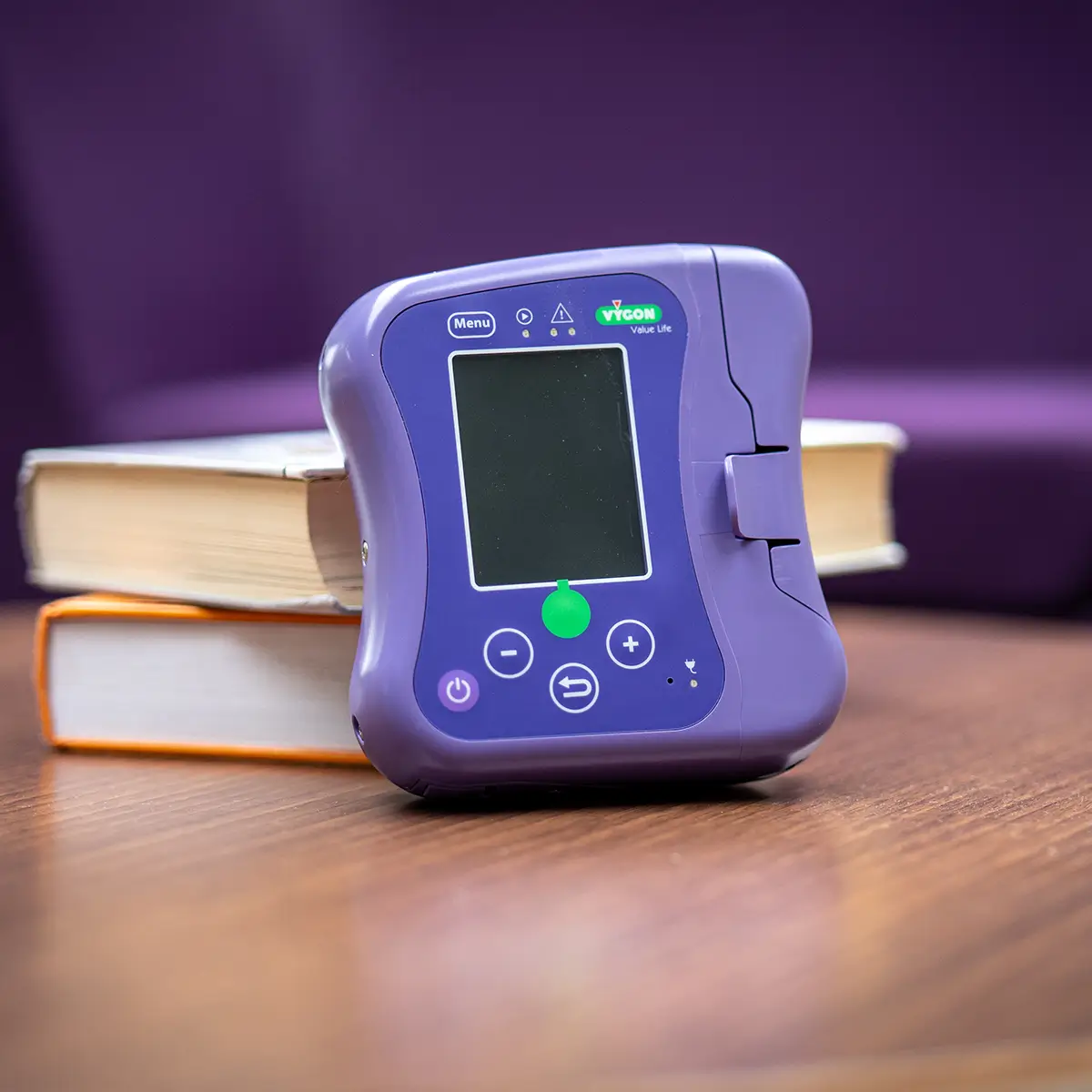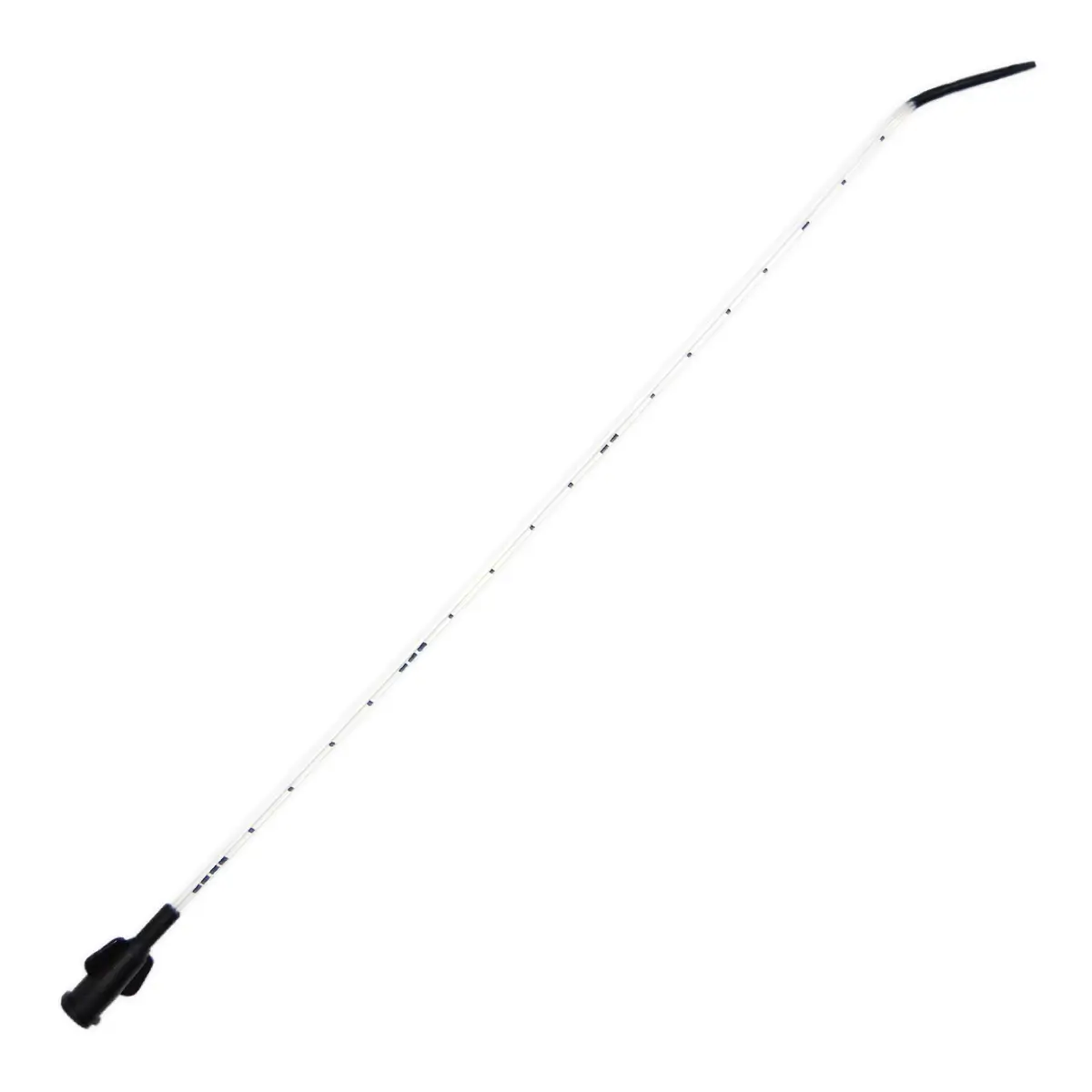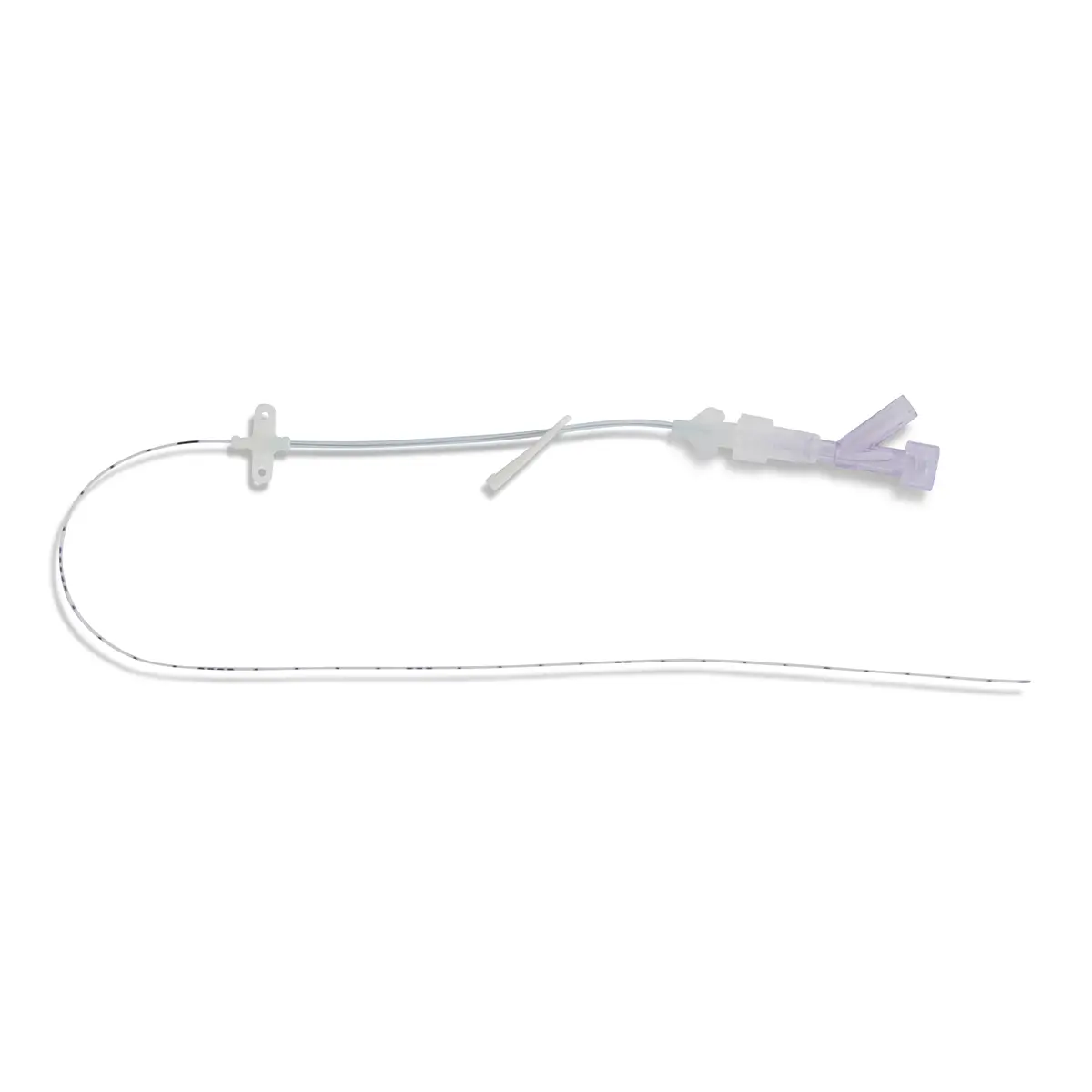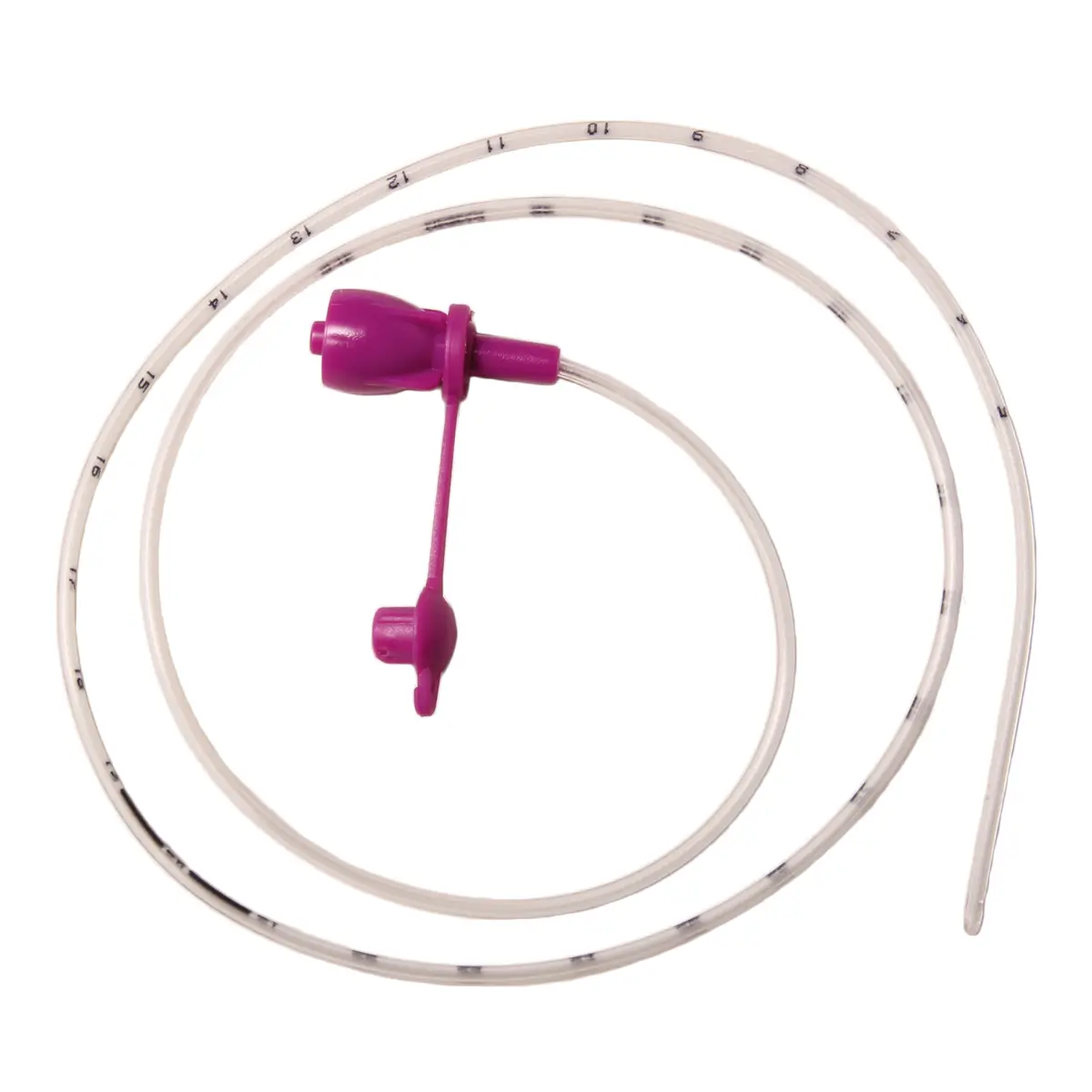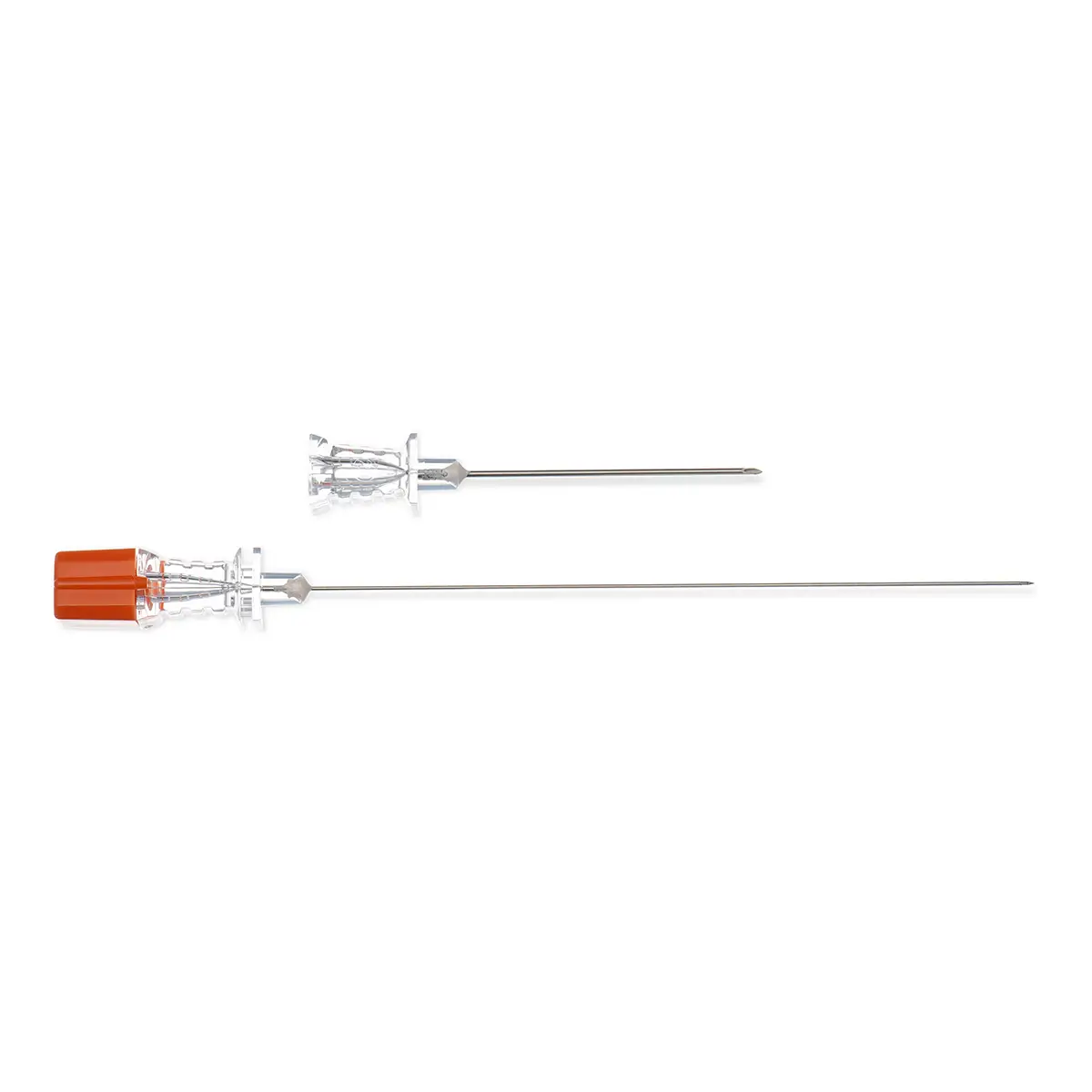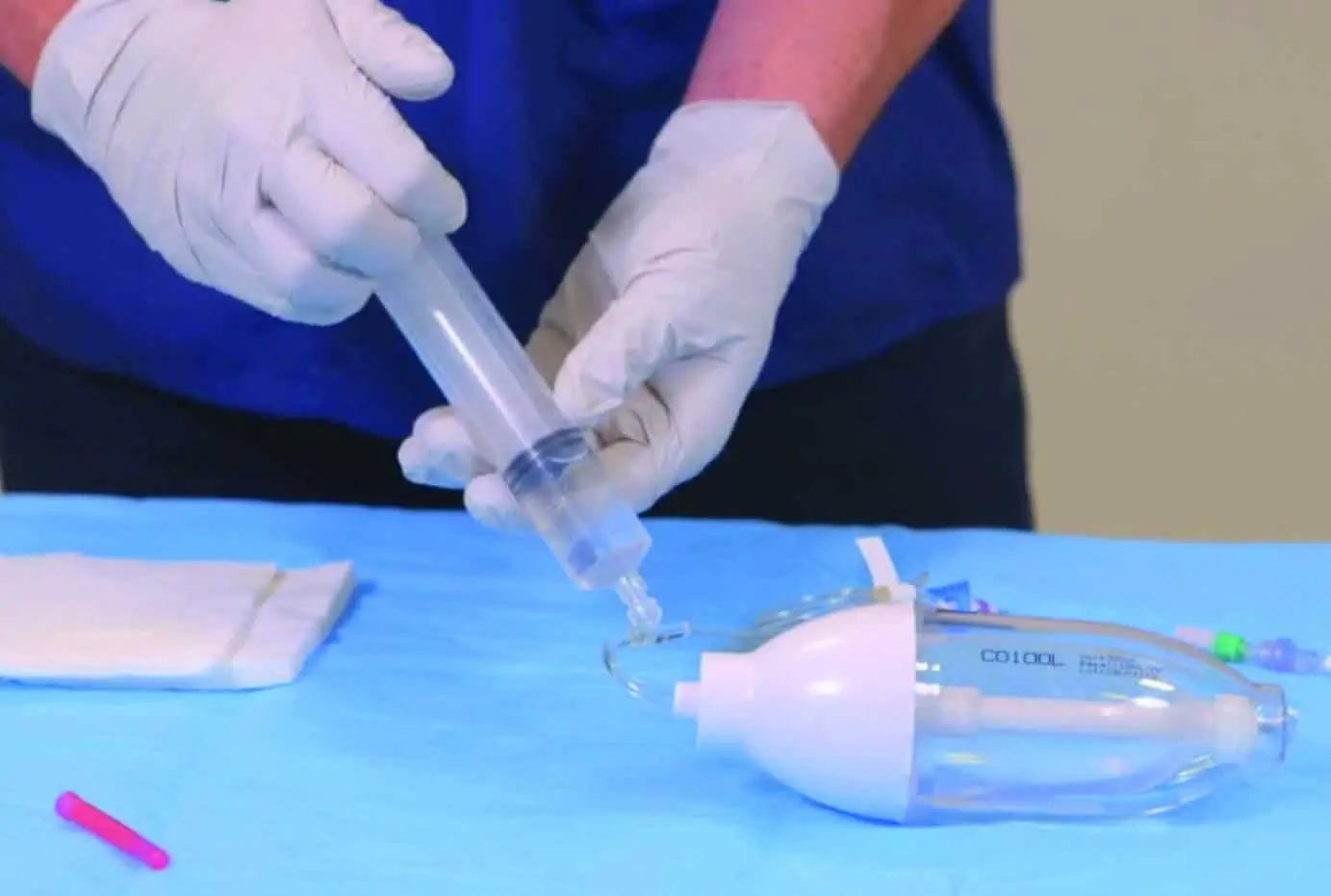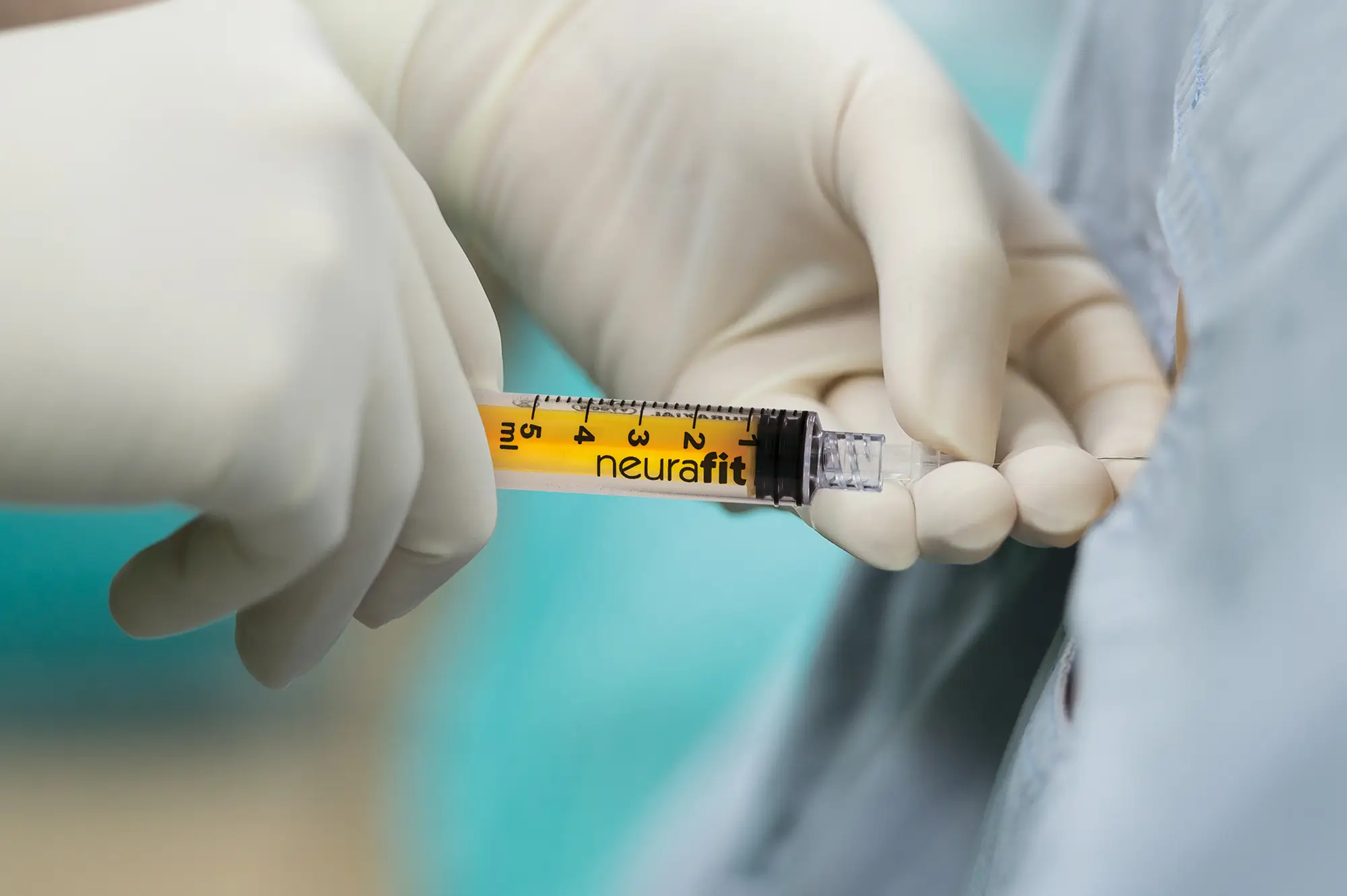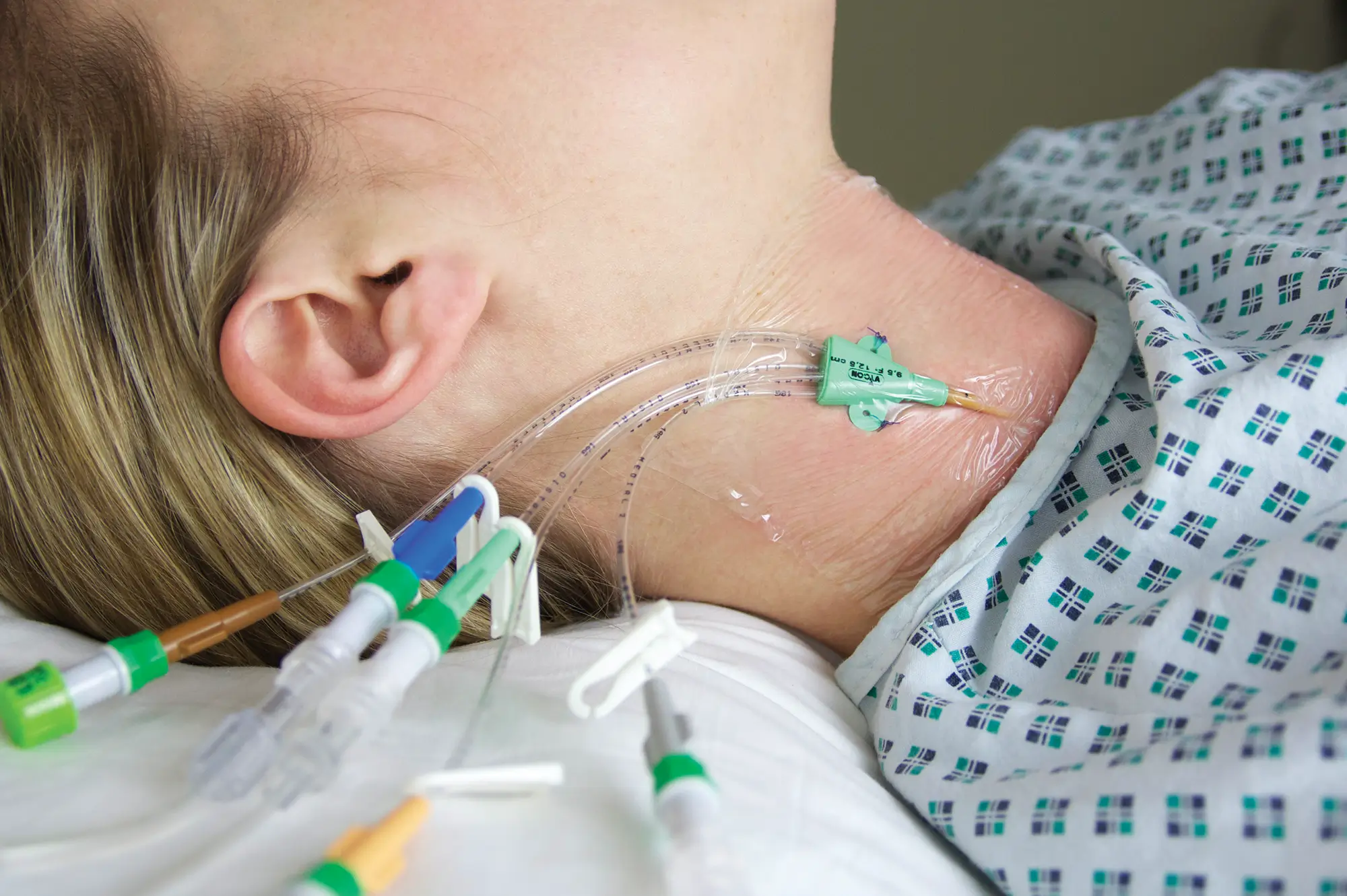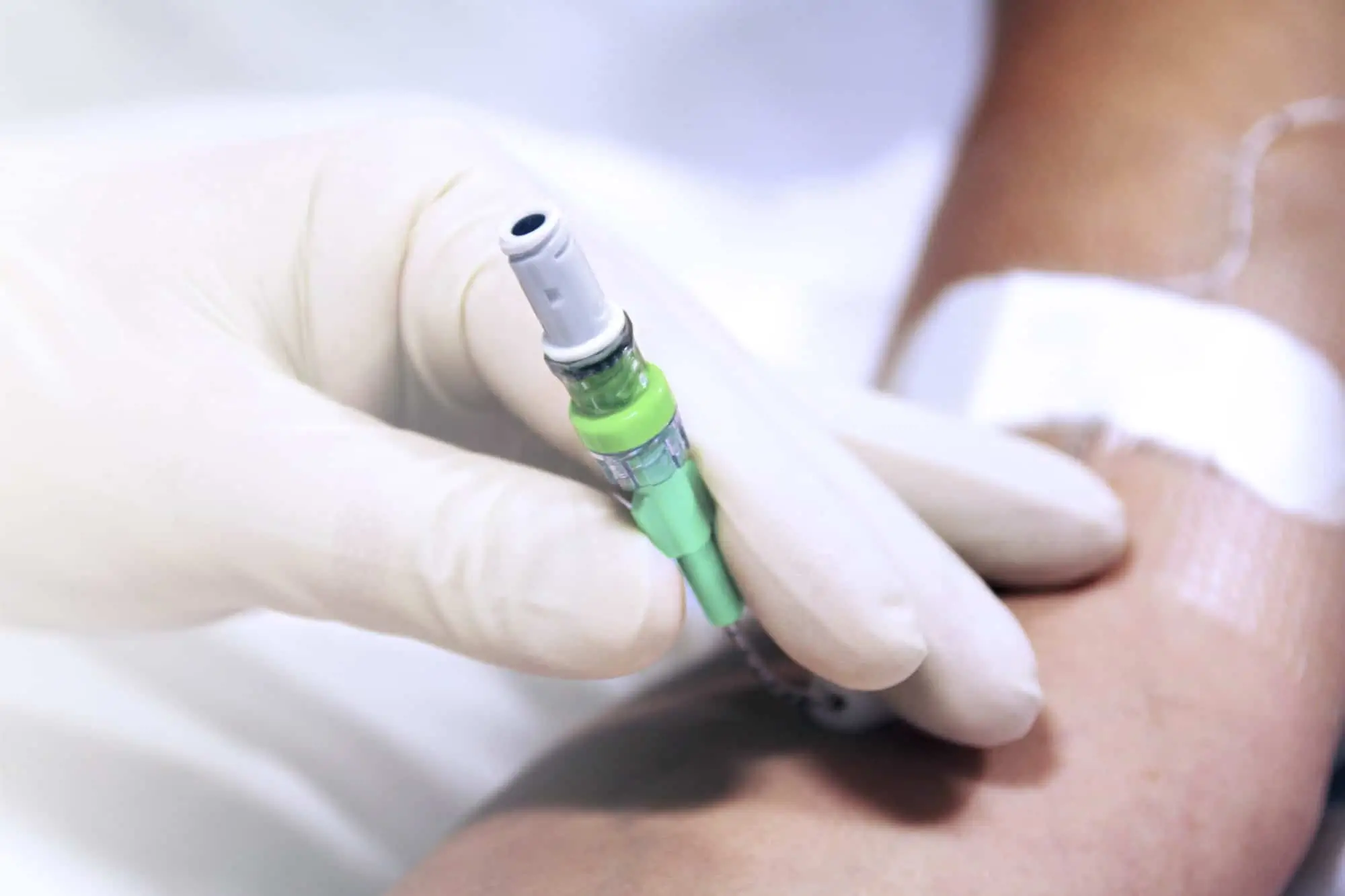Vygon Hosts Key Clinical Meeting to Draft Key New Guidance For Aseptic Units Handling Cytotoxic Drugs
A meeting of clinicians and pharmacists is being held today (Wednesday 31st January) at Vygon UK’s headquarters in Swindon to draft key new guidance for aseptic units handling cytotoxic drugs.
The aim of the meeting is to draft a Yellow Cover Document focusing on standard guidance for the use of Closed System Transfer Devices in the pharmacy environment.
Chaired by experienced aseptic pharmacist Mark Santillo, Regional Quality Assurance Officer at South Devon Healthcare NHS Trust, the meeting comprises pharmacists and chemotherapy nurses.
Closed System Transfer Devices, such as Vygon’s Qimono, have been developed to minimise the potential risks to patients and those preparing or administering chemotherapy. Clinicians delivering the treatment may come into contact with cytotoxic drugs through skin contact or inhalation. Reports of adverse health effects have included headaches, dizziness and nausea as well as hair loss and fertility problems*.
However, whilst introducing Closed System Transfer Devices can help to minimise the risks, they will often require changes to process and procedures.
By getting experienced chemotherapy nurses and pharmacists together, the aim of the meeting is to identify best practice and draw up an agreed protocol that can become a Yellow Cover Document for aseptic units in hospitals to follow. With the guidance in place, it will be easier for Closed System Transfer Devices to be introduced.
“We are really pleased to be able to host the meeting today,” explained Rob Scarfe, Business Development Manager for Vygon. “Bringing different disciplines together to discuss the issues from their specific perspectives is the only way we are ever going to achieve a degree of consensus about the issues involved.
“Mark is a renowned expert in the field of aseptic pharmacy so there is no one better to host such an important meeting.”
* Simons A and Toland S (2017) Perceived effects from handling systemic anti-cancer therapy agents. British Journal of Nursing (Oncology supplement) vol 26 no 16.
For more information please use the Contact Form


